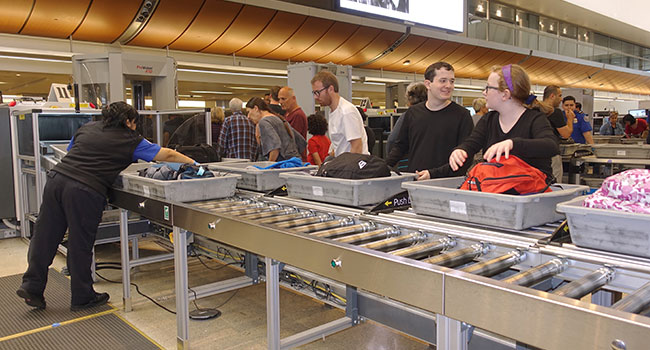
SIA Advocates for Keeping Facial Recognition Technology at TSA Screening Checkpoints
Late last week, a group of five senators called for the TSA to halt use of facial recognition technology at domestic airports. But in a statement, the SIA is asking the TSA to reject that request.
The original request was included in a letter to TSA Administrator David Pekoske from Senators Merkley, Market, Booker, Warren, and Sanders. The senators said they were concerned about safety and security of biometric data and that “TSA’s facial recognition is also likely to exacerbate racial discrimination.”
But the SIA stated that “the senators’ demand is based on mischaracterizations despite visible information provided by TSA on how the technology is used.”
Here’s more from the SIA:
"Air travelers must already present valid ID at security checkpoints, which is subject to inspection for authenticity and checks against flight information. Additionally, TSA personnel compare the photo on each ID with the person presenting it for visual verification that they match. If one chooses to opt in to this completely voluntary biometric program, this additional step is automated at a kiosk. No personal passenger or identity information is retained or shared. The technology is not used to “identify” or potentially “misidentify” a person – it simply verifies whether (or not) the photo of a person matches their photo taken at the kiosk. Follow-up visual inspection by TSA personnel can address any issues that arise with the automated process."
You can read the entire SIA statement here.